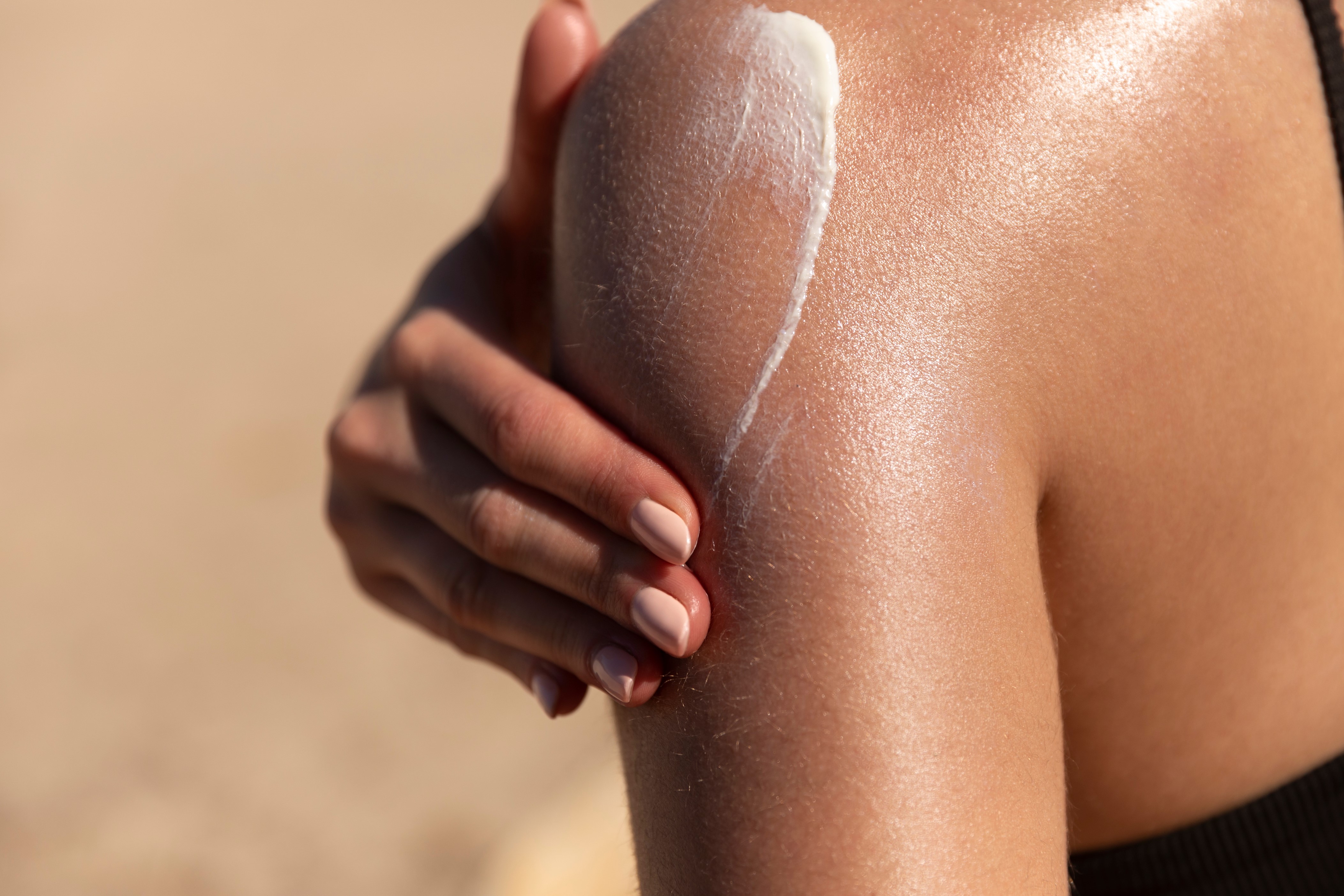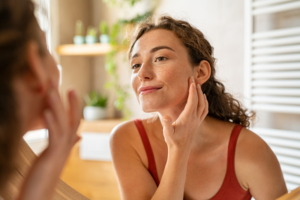Discover the everyday importance of vitamin D, the risks of not exposing yourself to the sun, the practice of sunbathing, and the essential care when doing so.
When the heat of summer arrives, it is important to talk about how essential adequate sun exposure is, which necessarily involves talking about vitamin D. This vitamin, which could be seen as a silent but essential protagonist in our health, performs a large number of crucial functions.
Beyond its role in calcium absorption and regulation of calcium and phosphorus levels, vitamin D contributes to bone development, improves muscle function, and supports the immune system.
Dermatologist Maureen Barahona explains the link between sun exposure and vitamin D: “The epidermis, the outermost layer of our skin, is where the conversion of provitamin D3 to cholecalciferol occurs through exposure to ultraviolet B (UVB) light. This process triggers a series of events that ends with the development of calcitriol, the active form of vitamin D, in the liver and kidneys,” says Barahona.
As for how to obtain this vitamin, Dr. Barahona comments that the American Academy of Dermatology advocates sun exposure of 5% of the body at least twice a week during the summer, equivalent to approximately 20 minutes, to meet daily vitamin D needs.
According to Barahona, a lack of sun exposure not only deprives the body of the opportunity to synthesize vitamin D but also carries significant health risks.
From greater vulnerability to fractures to an increase in the incidence of skin cancer, which according to the World Health Organization is the fifth cause of death in the world.

Vitamin D deficiency can lead to muscle weakness and an increased risk of fractures. In addition, in regions where people spend a lot of time in offices or at home, lack of adequate sun exposure can further increase the long-term risk of developing the conditions, warns Dr. Maureen Barahona.
Talking about sun exposure not only has physical benefits but also positively impacts our emotional well-being.
Barahona points out that when we expose ourselves to the sun, our body increases the production of beta-endorphins in the pituitary gland of the brain, generating a feeling of well-being comparable to that experienced during intense exercise. This phenomenon contributes to raising levels of happiness and general well-being.
What is a sunbath?
According to dermatologist and doctor Angela Guzmán, sunbathing, also known as heliotherapy, has been a practice used for centuries to take advantage of the benefits of sunlight.
According to the dermatologist, these consist of sessions where people can expose themselves to the sun in a moderate way for 15 to 20 minutes, especially when UVB radiation is less intense. Historically, this has been associated with the stimulation of vitamin D synthesis.
Dr. Maureen Barahona points out that sunbathing is generally recommended for babies since newborns can experience neonatal jaundice, a condition that turns their skin slightly yellowish due to increased bilirubin production.

“This is normal, but in some cases, production can be excessive, so exposing babies to the sun can help break down bilirubin, making it easier to eliminate from the body, ” she explains.
Although it is an option, the doctor argues that it is recommended to avoid sun exposure for the baby during peak hours, between 10:00 a.m. and 4:00 p.m.
Babies should also be dressed in light clothing, preferably without sunscreen. Barahona says the American Academy of Dermatology suggests that sunscreens for babies be used starting at six months.
Sun exposure time is essential for babies and people of other ages. However, sunbathing is not always recommended for non-babies.
Sun exposure is a valid consideration, but if we keep our face and hands exposed for at least twenty minutes under gentle sunlight, we are already getting enough vitamin D. “I think that prolonged sunbathing may be unnecessary and could cause more harm, especially because it increases the risk of skin cancer,” says Dr. Barahona.
Although sunbathing has been seen to be more recommended for babies, as it helps prevent the increase in bilirubin that can result in neurological disorders, sun exposure is also recommended for older adults, whose skin has a lower capacity for conversion to vitamin D.
For young people who are more active outdoors and will likely have their face and hands exposed, the recommendation is general, such as avoiding peak sunlight between 10:00 and 16:00, as well as wearing appropriate clothing and using sunscreen.

According to dermatologist Angela Guzmán, skin phototypes, classified from one to six, define a relationship between skin tone and the number of melanocytes present in the epidermis: The higher the phototype, the more abundant the melanocytes, those cells responsible for giving color to our skin and, in turn, providing protection against ultraviolet (UV) radiation.
This natural defense mechanism suggests that higher phototypes have a greater ability to resist UV radiation penetration, thereby mitigating the risks associated with sun exposure. Despite the suggested connection, Guzmán explains that research into this phenomenon is limited.
General care for sun exposure
It is essential to understand that prolonged exposure to the sun can leave invisible traces that, over time, could become significant risks to skin health. Dr. Guzmán emphasizes that early detection and proper care are crucial tools to prevent the progression of these lesions to more serious forms, such as skin cancer.
Sun exposure can trigger acute damage, with DNA damage being one of the most prominent. Guzmán points out that sun exposure can also induce premature aging, sunburn, and even immunosuppression, weakening the skin’s natural defenses.

On the other hand, Barahona explains that photoaging or chronic damage caused by exposure to sunlight affects the collagen and elastic tissue of the skin. The dermatologist highlights that this process can also trigger carcinogenesis, linked to incomplete DNA repair. If DNA is not fully repaired, there is a significant risk of developing cancer.
“Skin cancer accounts for 50% of all cancers worldwide,” says Maureen Barahona, who stresses the need for people to understand that there is a limit to the amount of vitamin D produced when exposed to the sun and that exceeding this dose does not provide additional benefits, but can increase the risks of more serious skin and health problems.
Before diving into sun exposure, it is crucial to understand that proper care is essential to avoid risks to the skin. Some recommendations for caring for this organ are:
- Sunscreen: Apply 15 minutes before any exposure. Make sure it is broad spectrum and has an adequate sun protection factor (SPF), between 30 and 50.
- Duration and Time of Exposure: Do not exceed 20 minutes of exposure. It is preferable to sunbathe before 10:00 a.m. or after 4:00 p.m., to avoid peak hours.
- Type of Clothing: Polyester clothing offers greater protection, while cotton clothing, although cool, allows direct light in.
- When going out: In addition to using sunscreen, you can wear a wide-brimmed hat with at least 10 centimeters or the size of the palm of your hand when you are outside. Cool clothing with long sleeves and pants can also help.






















+ There are no comments
Add yours